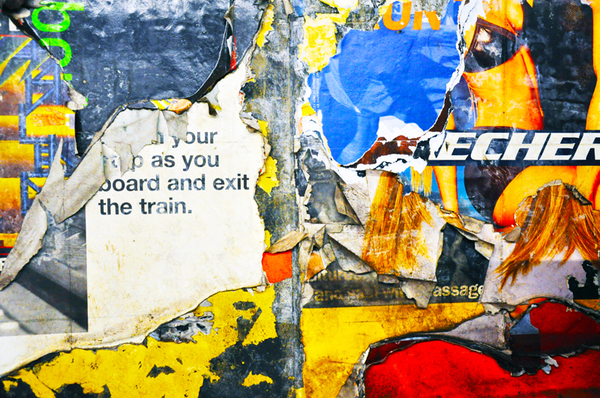
While cooperative galleries have thrived and flourished throughout the art world for the past few years, the one constant that has usually plagued their curatorial content is their endemic difficulty in establishing a sense of either contextual or conceptual continuity when matching artists in group exhibitions.
For the most part, this is attributable to all sorts of reasons that are prevalent in collectively-run institutions—ranging from petty politics to poor judgment (although on occasion this can also be caused by the presence in co-op rosters of those artists whose talent might most generously be described as “latent”—often leading to what French neoclassical painter Jean Auguste Dominique Ingres called “a bazaar where mediocrity spreads itself out with impudence.”
In the current exhibition at the Crazy Monkey Gallery in Amagansett, however, these pitfalls have been ameliorated and the sense of visual and emotional connection between the works of the three artists—Sheila Rotner, Barbara Bilotta and Dennis O’Brien—is both apparent and immediate. This is especially perceptible in the front gallery, where, despite differences in style and technique, works by Ms. Rotner and Ms. Bilotta establish an entertaining dialogue in their disparate use of materials that highlights the relationships between surface and depth.
This is particularly evident in Ms. Rotner’s mixed-media pieces in which structure and order are juxtaposed by a refreshingly random approach to geometric formulations of shapes, images and subtle coloration. Using armatures of steel fencing to create physical space in which organic forms rhythmically and mathematically interact, the works pay homage to structural exactitude even as they embody a measure of playful spontaneity; balancing architectonic solidity with an ineffable sense of decay.
In “Containment # 6,” for example, the motif creates the sensation of sculptural structure. And yet, as the viewers’ eyes travel into the central portions of the work, the contrasts and interactions between the shards of brick conjure subtle melodies that arise from the arrangement of forms. This is also apparent in “Containment #2” while in other works, such as “Apotheosis 3” and “Forbidden Territory,” the artist uses interwoven strips of colored canvas that echo the grid motif of the steel wire while also imparting a more contemporary sensation—as if viewing rows of pixilated frames in a decaying color chart.
The uses of melodies and rhythms are even more pronounced in Ms. Bilotta’s rather dreamlike works, which use acrylic and resin together to create a dramatic illusion of depth in which colors and shapes appear to swirl and dart into a mist deep within the picture plane itself. This is notable in “Rhythm and Blue” in which the artist uses assertive black calligraphic forms in the foreground to actually accentuate the twisting slashes of color which push deep into the composition and serve to further emphasize the illusion of space.
This effect is also present in “Conundrum,” while in “Tell Me What You See,” Ms. Bilotta uses sensuous streams of black that outline gently flowing colors which melt delicately into the soft ground, causing an effect that is highly ethereal and abstractly suggestive.
In the rear gallery, Mr. O’Brien’s photographs of New York offer an interesting contrast in their evocations of the city in images that contain both the jarringly existent and the hauntingly surreal—each continually captured within the same conceptual picture frame. The works gain in impact not just from the use of urban imagery but from the manner in which Mr. O’Brien is able to use it to create a narrative framework that doesn’t tell a story so much as lead the viewer toward making their own interpretation.
In “Sidewalk Mannequins,” for example, the line of headless models dressed in colorful garb is powerfully echoed by the cacophonous graffiti tags along the wall and doorway, together providing a backdrop that is as theatrical as it is an example of everyday urban reality. This narrative element is also evident in the photographs “Looking for Work” and “Sitting Together,” while in pieces such as “Shut Up” and “Board and Exit,” each of which is a close up of layers of scraped subway posters, the emphasis becomes more immediately and overwhelmingly abstract. But the presence of a storyline is still apparent in the hints of type and graphics that overlap each other in the picture plane.
The current group exhibition at the Crazy Monkey Gallery in Amagansett continues through Sunday, March 27.